This series, which started with top 10 scenarios, has expanded to the top 31 — to first round scenarios for the 2020 NHL Draft — by extending those 10 initial mocks, using the same results for the top 10 from running the Tankathon simulator for the draft lottery.
The debut edition elaborated on all the details and I’ve explained the rationale for the remainder of the draft order. I’ll be providing analysis for every new selection while linking repetitive picks back to their original mock for reference. I’ll try to keep it as fresh as possible and mix in some surprises — along with additional insight — but might shorten the analysis at times to ensure these mocks are published weekly (or as frequently as possible).
Without further ado, here is a recap of the top 10 from mock 6.0 followed by selections 11-31 for mock 6.1:
1) Arizona Coyotes (top-three protected) — Alexis Lafreniere (LW, Canada, Rimouski QMJHL)
2) Detroit Red Wings — Quinton Byfield (LC, Canada, Sudbury OHL)
3) Anaheim Ducks — Jamie Drysdale (RD, Canada, Erie OHL)
4) Ottawa Senators — Lucas Raymond (RW, Sweden, Frolunda SHL)
5) Ottawa Senators (San Jose) — Tim Stutzle (LC/LW, Germany, Adler Mannheim DEL)
6) Los Angeles Kings — Cole Perfetti (LW/LC, Canada, Saginaw OHL)
7) New Jersey Devils — Marco Rossi (LC, Austria/Switzerland, Ottawa OHL)
8) Buffalo Sabres — Anton Lundell (LC, Finland, HIFK Liiga)
9) Montreal Canadiens — Alexander Holtz (LW/RW, Sweden, Djurgardens SHL)
10) Chicago Blackhawks — Jake Sanderson (LD, USA, NTDP U18)
11) Minnesota Wild — Yaroslav Askarov (G, Russia, SKA-Neva St. Petersburg VHL)
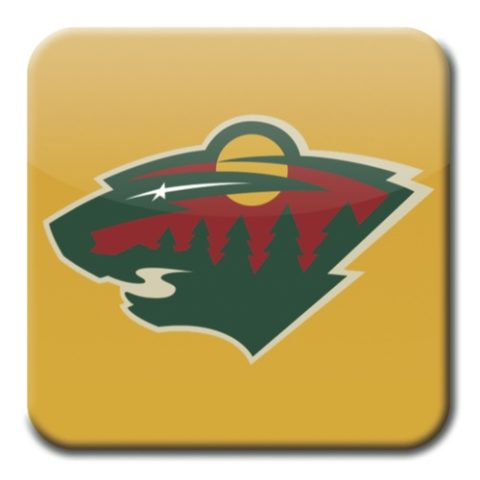
ANALYSIS: Minnesota takes Askarov as their goaltender of the future after passing on him in two previous scenarios. Askarov is going to be the biggest wild card of this year’s first round, having gone in the top 10 in three of the five scenarios thus far but also falling to 13th in mock 3.1 and all the way to 21st in mock 4.1. This is a difficult decision for Bill Guerin, whether to select Askarov as the draft’s consensus top goaltender, or to target a centre as more of a positional need for the Wild. Goalies are always riskier picks — especially this high — and there tends to be a waiting period for Russian prospects, as Minnesota has experienced with Kirill Kaprizov. But the potential for Kaprizov to be leading the offence with Askarov backstopping the defence is enticing for the Wild, who will need a new netminder in the years to come. Devan Dubnyk only has one season remaining on his contract, with AHL standout Kaapo Kahkonen — a Finn turning 24 years old prior to next season — and 2019 second-rounder Hunter Jones as the leading candidates to be Dubnyk’s successor. Askarov’s upside is significantly higher than those two, considered the best goaltending prospect to come through the draft since Carey Price went fifth overall in 2005.
12) Winnipeg Jets — Dylan Holloway (LC, Canada, Wisconsin NCAA)
ANALYSIS: Winnipeg takes Holloway for the second time — a repeat pick from mock 3.1. The Jets are torn between two Western Canadian centres in Holloway and Connor Zary, who they took in mock 4.1. That might be a coin flip of sorts for Kevin Cheveldayoff and his scouting staff.
13) New York Rangers — Noel Gunler (RW/LW, Sweden, Lulea SHL)
ANALYSIS: The Rangers take Gunler for the second time — a repeat pick from mock 1.1. Jeff Gorton could see Gunler as the best player available here and prioritize his talent over any perceived risk, which is easier to do with a second pick to come in the first round.
14) Florida Panthers — Rodion Amirov (LW, Russia, Salavat Yulaev Ufa KHL)
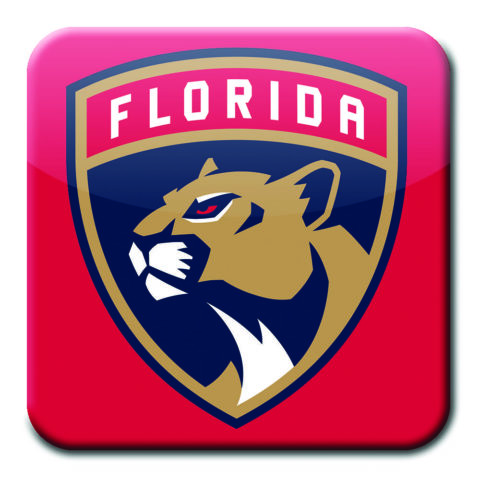
ANALYSIS: Florida takes Amirov as their sixth different prospect in as many mocks. The Panthers took another Russian winger 15th overall in 2018 — that being Grigori Denisenko, who is trending well and should be signing for next season — so Amirov would be a similar selection in 2020. Florida may lose Evgeni Dadonov as a free agent, with Denisenko and Amirov capable of replacing his production and becoming even more impactful for the Panthers’ future, which also depends on another prominent Russian in goaltender Sergei Bobrovsky. Dale Tallon could certainly have Amirov on his short list.
15) Columbus Blue Jackets — Jean-Luc Foudy (RC, Canada, Windsor OHL)
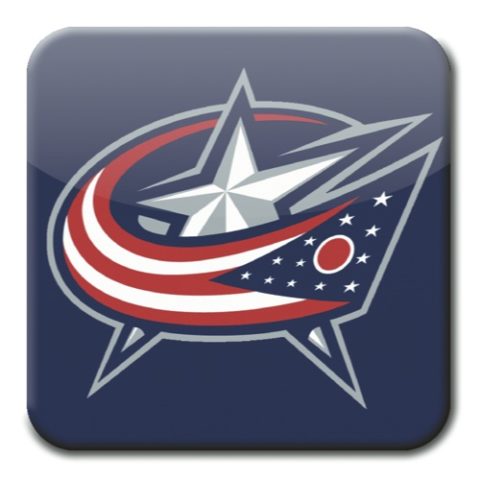
ANALYSIS: Columbus reaches for Foudy, the younger brother of 2018 first-rounder Liam Foudy, who was also something of a reach at 18th overall that year. Liam Foudy got to make his NHL debut this season, suiting up for two games as an emergency recall from junior and recording an assist. He’ll be a candidate to crack the Blue Jackets’ roster on a full-time basis for next season. Jean-Luc’s strengths are similar — particularly his skating and speed, which is the calling card for both brothers — but he is considered another wild card for this year’s draft, ranked anywhere from the first round to the third round. This would be high even for Foudy’s biggest believers, so the Blue Jackets could trade down into the twenties and likely still get their guy. But Jarmo Kekalainen knows the family — both parents are accomplished athletes, their father a former CFL football player and their mother an Olympic medallist as a sprinter — so Columbus will have the inside scoop on Jean-Luc’s draft year and could feel comfortable taking him here.
16) Calgary Flames — Seth Jarvis (RW, Canada, Portland WHL)
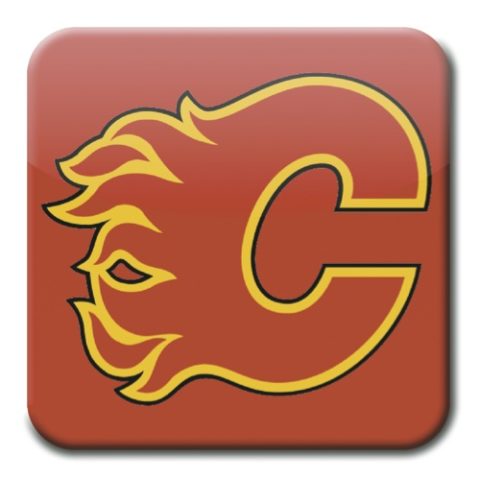
ANALYSIS: Calgary has had success drafting smaller forwards, including Johnny Gaudreau as their top-line left-winger, Matthew Phillips as one of their top prospects who was among the AHL’s leading scorers before getting injured this season, and 2019 first-rounder Jakob Pelletier. So the Flames wouldn’t be scared off by Jarvis’ size — not unless they have met their quota for little guys, with Emilio Pettersen and Dmitri Zavgorodny also in the system, among others. There is room in the game for more small players nowadays and Jarvis’ skating should give him a shot at an NHL career. He’s as quick as he is fast — there is a difference between the two — and Jarvis has the offensive instincts and attacking mentality to be productive at the highest level, especially with Gaudreau as a mentor in Calgary.
17) Vancouver Canucks — Helge Grans (RD, Sweden, Malmo J20)

ANALYSIS: Vancouver likes their Swedes and could see Grans as a successor of sorts for Alex Edler. He plays a similar two-way game and has the potential to develop into an all-situations workhorse. The Canucks have Brogan Rafferty and Jett Woo coming on the right side, but Grans could become a quality partner for Quinn Hughes or Olli Juolevi as first-rounders on the left side. Those five would give Vancouver a good base on the back end going forward, along with Guillaume Brisebois, Jack Rathbone and Toni Utunen as additional lefties. Grans could be the right choice as a righty.
18) Nashville Predators — William Wallinder (LD, Sweden, MODO J20)
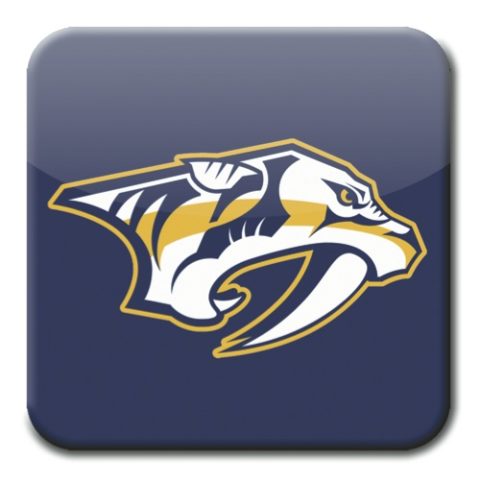
ANALYSIS: Nashville is also in a good spot to go defence this year, with Roman Josi, Mattias Ekholm and Ryan Ellis all turning 30 within the next year. Wallinder is the fourth different defender taken by the Predators through six scenarios, another Swede with raw upside who could turn into an Ekholm type in due time. Wallinder isn’t a lock for the first round, but his combination of size, skating and offensive skill makes him attractive to Nashville. The Preds have plenty of smaller puck-movers as left-handed defence prospects, but Wallinder would be their best bet to replicate Ekholm’s role once he moves on or retires.
19) Carolina Hurricanes (Toronto) — Jan Mysak (LW, Czech Republic, Hamilton OHL)
ANALYSIS: Carolina takes Mysak for the second time — a repeat pick from mock 2.1. The Hurricanes see him as a future wingman for fellow Czech Martin Necas, anticipating they could become a dynamic duo behind front-liners Sebastian Aho and Andrei Svechnikov.
20) Edmonton Oilers — Jack Quinn (RW, Canada, Ottawa OHL)
ANALYSIS: Edmonton takes Quinn for the second time — also a repeat pick from mock 2.1. The Oilers need more scoring from their wingers and Quinn could complement Connor McDavid the way Alex DeBrincat did in junior, assuming Kailer Yamamoto continues to flank Leon Draisaitl. Those would be quality pairings for Edmonton’s top six.
21) Ottawa Senators (N.Y. Islanders) — Justin Barron (RD, Canada, Halifax QMJHL)
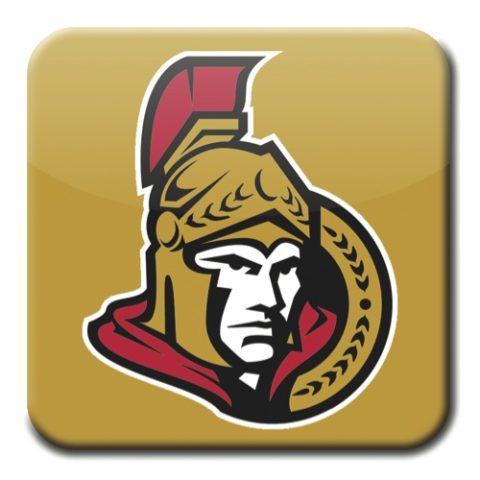
ANALYSIS: Ottawa takes Barron as their first defenceman at this spot through six scenarios — previously taking five forwards and the goaltender Askarov. Barron has a high ceiling and was expected to challenge Jamie Drysdale as the top defender for 2020 entering their draft year, so this would be a worthwhile swing for the Senators. Their defence is already promising with fellow first-rounders Lassi Thomson and Jacob Bernard-Docker on the right side, while Thomas Chabot, Erik Brannstrom, Christian Wolanin and Jonny Tychonick will be patrolling the left side. Adding Barron to that blue line could be quite the boon, and considering Ottawa lost the lotteries in this scenario — slipping to fourth and fifth overall — the Senators made out very well with Raymond, Stutzle and Barron as their three first-round selections. It’s almost as if Ottawa can’t lose in this year’s draft.
22) Dallas Stars — Connor Zary (LC, Canada, Kamloops WHL)
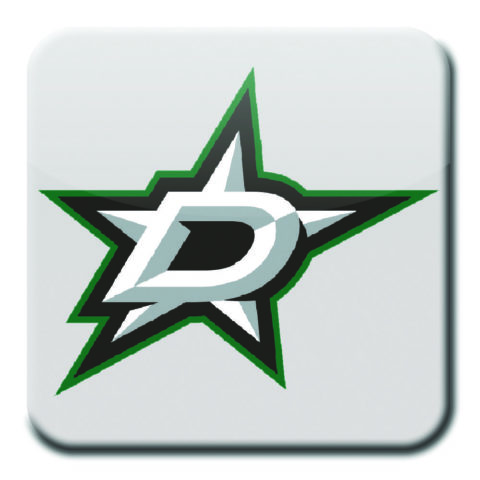
ANALYSIS: Dallas takes Zary as an easy and obvious choice. There is a connection since Stars owner Tom Gaglardi also owns the Kamloops Blazers — Zary’s junior club. Gaglardi keeps close tabs on that team and would be advocating for Zary’s character. He is a two-way centre with scoring and playmaking abilities but also plenty of swagger as a clutch performer. The Stars would be surprised to see Zary still available, with Gaglardi welcoming him to the fold in Dallas.
23) New York Rangers (Carolina) — Zion Nybeck (RW, Sweden, HV71 J20)
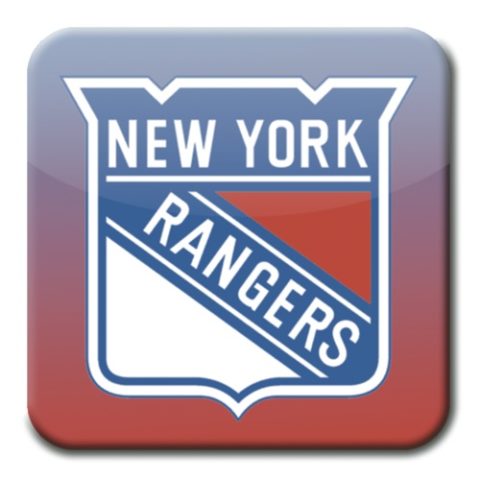
ANALYSIS: The Rangers grab another Swede in Nybeck to go with Gunler. This is a good year for Swedish wingers, with those two being overshadowed by consensus top-10 prospects Lucas Raymond and Alexander Holtz. Nybeck is undersized but big on skill, having produced a record-setting season in Sweden’s junior league during his draft year. Despite that feat, Nybeck is viewed as a longer-term project, but the Rangers could take their time in slow playing his development over the next few seasons. There would be no rush for Nybeck with the Rangers, who also drafted Karl Henriksson in last year’s second round as another talented but undersized Swede.
24) Pittsburgh Penguins — Hendrix Lapierre (LC, Canada, Chicoutimi QMJHL)

ANALYSIS: Pittsburgh takes Lapierre as the QMJHL forward with the most upside at this spot. The Penguins previously took Mavrik Bourque in mock 2.1 and Dawson Mercer in mock 3.1 — taking both of them over Lapierre in those scenarios — but Lapierre’s potential is too good to pass up this time around. He is a high-risk, high-reward prospect, touted as a top-10 talent for this draft class and drawing comparisons to Patrice Bergeron coming out of the Hlinka Gretzky Cup last summer before missing much of his draft year due to concussions and a neck injury. If Lapierre lingers this long, Pittsburgh could be the team to halt his fall.
25) Philadelphia Flyers — Dawson Mercer (RW, Canada, Chicoutimi QMJHL)
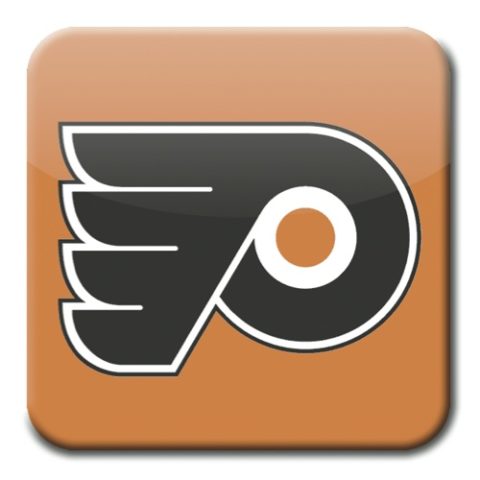
ANALYSIS: Philadelphia also completes that trio of QMJHL forwards, taking Mercer after previously picking Lapierre in mock 3.1 and Bourque in mock 5.1. Mercer is the most polished of the three and thus perceived as the safest or most projectable. He’ll be a middle-six winger capable of netting 20 goals and around 50 points a season. The Flyers like the fact that Mercer could be closer to NHL ready and could fit into their current window to win.
26) Colorado Avalanche — Mavrik Bourque (RC, Canada, Shawinigan QMJHL)
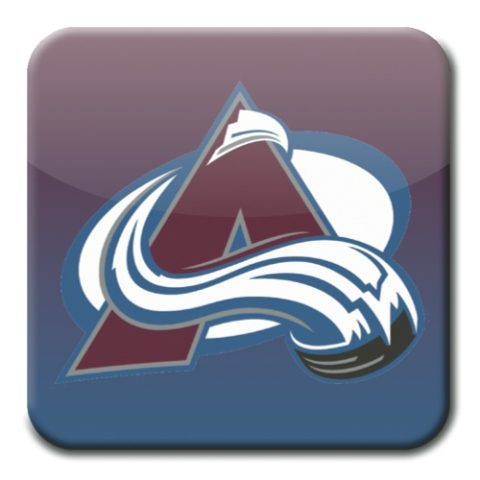
ANALYSIS: Colorado continues that QMJHL trend by taking Bourque, having previously taken Lapierre in mock 2.1 and Mercer in mock 4.1. There is a decent chance that those three forwards from the Q could go in this range — to Pittsburgh, Philadelphia and Colorado, providing this draft order proves relatively accurate. The Avs’ prospect pool is well stocked at every position, with Bourque joining fellow first-rounders Shane Bowers and Alex Newhook among the centres vying to eventually slot in behind Nathan MacKinnon.
27) San Jose Sharks (Tampa Bay) — Jack Finley (RC, Canada, Spokane WHL)
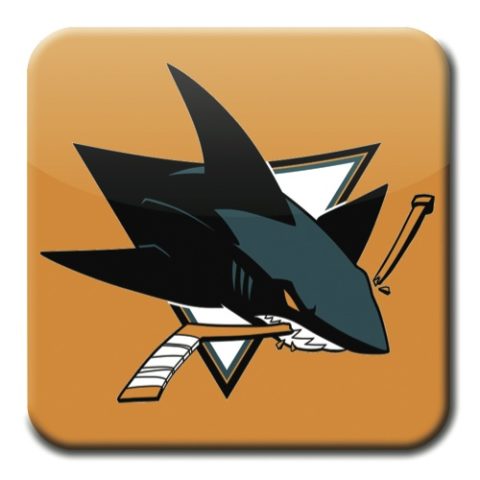
ANALYSIS: San Jose goes off the board to take Finley as arguably the biggest reach of this scenario — perhaps bigger than Foudy at 15th. Finley is one of the biggest (6-foot-6) and youngest (Sept. 2) prospects in this draft class. He has NHL bloodlines with his father Jeff Finley playing more than 700 games and now serving as Winnipeg’s chief amateur scout. Jack is a student of the game and is still learning what playing style will serve him best as a pro. He may evolve into more of a physical shutdown centre but might also be effective as a two-way playmaker. It is a wide range and NHL teams will be eager to pick Finley’s brain on how he sees himself in the future. The Sharks will see that playmaking upside — Finley centered the WHL’s leading scorer Adam Beckman during his draft year — and take this swing in hopes that he can learn the ropes from Joe Thornton, potentially becoming a poor man’s version of Jumbo.
28) Vegas Golden Knights — Brendan Brisson (LC/LW, USA/Canada, Chicago USHL)
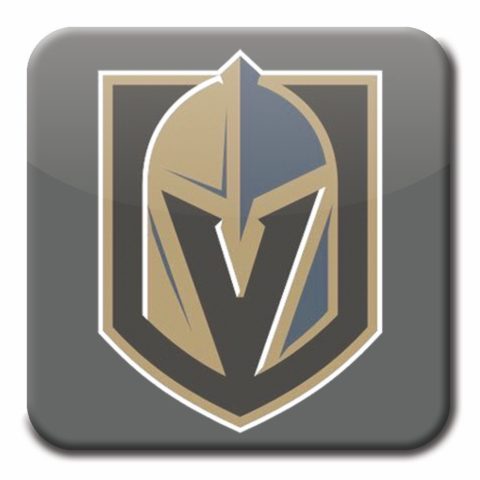
ANALYSIS: Vegas takes Brisson as a draft riser who might still be a sleeper to some degree despite winning the USHL’s rookie of the year award and being named to that league’s first all-star team. A sleeper in the sense that some scouts believe Brisson could become a top-20 talent from this draft class when looking back in a decade, while several rankings and mocks have him listed outside the first round. This is only Brisson’s second selection through six scenarios. He is the son of super agent Pat Brisson, whose many clients include Golden Knights forwards Jonathan Marchessault and Nic Roy, but Vegas would be taking Brendan on his own merit.
29) Washington Capitals — Kaiden Guhle (LD, Canada, Prince Albert WHL)
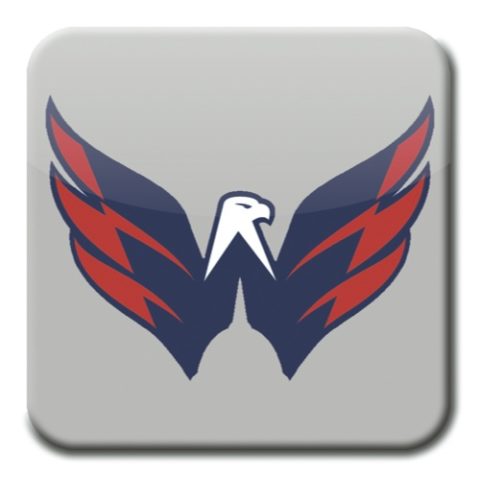
ANALYSIS: Washington takes Guhle as another WHL defenceman in the first round, following Alexander Alexeyev in 2018 (31st overall) and Lucas Johansen in 2016 (28th). The Capitals have had mixed results with Dub blueliners, including Madison Bowey as a second-rounder in 2013, but they keep going back to that league. Washington drafted two of Guhle’s teammates from last year’s WHL champion squad — Brett Leason in the second round and Aliaksei Protas in the third round — so their scouts will be very familiar with Guhle, having continued to track Protas’ progress in Prince Albert this season. Left defence isn’t necessarily a position of need for the Capitals — even with Johansen becoming more of a question mark — but they would be taking Guhle as their best player available here.
30) St. Louis Blues — Tyson Foerster (RW, Canada, Barrie OHL)
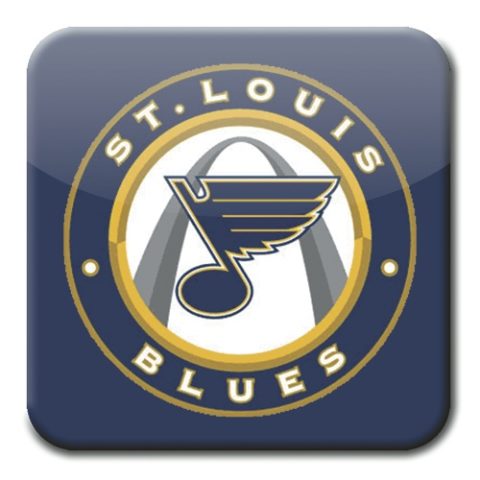
ANALYSIS: St. Louis has done well drafting from the OHL — Robert Thomas, Jordan Kyrou and Robby Fabbri being among their forward finds from that league — so Foerster could be on the Blues’ radar. He is a riser thanks to an MVP performance at the CHL Top Prospects Game and a strong second half as the go-to guy for Barrie. Foerster is a shooter first and foremost, but his all-around game would be a good fit with St. Louis’ forward group and Craig Berube’s system.
31) Anaheim Ducks (Boston) — Braden Schneider (RD, Canada, Brandon WHL)
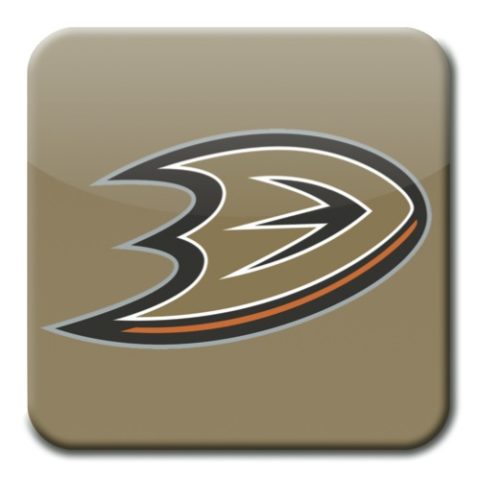
ANALYSIS: Anaheim takes Schneider as a surprising faller to close out the first round, turning right defence into a future strength through this scenario — having previously taken Drysdale at third overall as a lottery winner. Schneider isn’t as dynamic as Drysdale and doesn’t have that offensive dimension, but he is a legit first-round talent as a shutdown type — in the mould of Josh Manson. Schneider isn’t a sexy prospect, but there is a better chance that he’ll be taken in the top 20 than being available into the second round, so the Ducks would be thrilled to get him here.
Recapping Results for Mock 6.1
1) Arizona Coyotes (top-three protected) — Alexis Lafreniere (LW, Canada, Rimouski QMJHL)
2) Detroit Red Wings — Quinton Byfield (LC, Canada, Sudbury OHL)
3) Anaheim Ducks — Jamie Drysdale (RD, Canada, Erie OHL)
4) Ottawa Senators — Lucas Raymond (RW, Sweden, Frolunda SHL)
5) Ottawa Senators (San Jose) — Tim Stutzle (LC/LW, Germany, Adler Mannheim DEL)
6) Los Angeles Kings — Cole Perfetti (LW/LC, Canada, Saginaw OHL)
7) New Jersey Devils — Marco Rossi (LC, Austria/Switzerland, Ottawa OHL)
8) Buffalo Sabres — Anton Lundell (LC, Finland, HIFK Liiga)
9) Montreal Canadiens — Alexander Holtz (LW/RW, Sweden, Djurgardens SHL)
10) Chicago Blackhawks — Jake Sanderson (LD, USA, NTDP U18)
11) Minnesota Wild — Yaroslav Askarov (G, Russia, SKA-Neva St. Petersburg VHL)
12) Winnipeg Jets — Dylan Holloway (LC, Canada, Wisconsin NCAA)
13) New York Rangers — Noel Gunler (RW/LW, Sweden, Lulea SHL)
14) Florida Panthers — Rodion Amirov (LW, Russia, Salavat Yulaev Ufa KHL)
15) Columbus Blue Jackets — Jean-Luc Foudy (RC, Canada, Windsor OHL)
16) Calgary Flames — Seth Jarvis (RW, Canada, Portland WHL)
17) Vancouver Canucks — Helge Grans (RD, Sweden, Malmo J20)
18) Nashville Predators — William Wallinder (LD, Sweden, MODO J20)
19) Carolina Hurricanes (Toronto) — Jan Mysak (LW, Czech Republic, Hamilton OHL)
20) Edmonton Oilers — Jack Quinn (RW, Canada, Ottawa OHL)
21) Ottawa Senators (N.Y. Islanders) — Justin Barron (RD, Canada, Halifax QMJHL)
22) Dallas Stars — Connor Zary (LC, Canada, Kamloops WHL)
23) New York Rangers (Carolina) — Zion Nybeck (RW, Sweden, HV71 J20)
24) Pittsburgh Penguins — Hendrix Lapierre (LC, Canada, Chicoutimi QMJHL)
25) Philadelphia Flyers — Dawson Mercer (RW, Canada, Chicoutimi QMJHL)
26) Colorado Avalanche — Mavrik Bourque (RC, Canada, Shawinigan QMJHL)
27) San Jose Sharks (Tampa Bay) — Jack Finley (RC, Canada, Spokane WHL)
28) Vegas Golden Knights — Brendan Brisson (LC/LW, USA/Canada, Chicago USHL)
29) Washington Capitals — Kaiden Guhle (LD, Canada, Prince Albert WHL)
30) St. Louis Blues — Tyson Foerster (RW, Canada, Barrie OHL)
31) Anaheim Ducks (Boston) — Braden Schneider (RD, Canada, Brandon WHL)
- Mock 1.0
- Mock 1.1
- Mock 2.0
- Mock 2.1
- Mock 3.0
- Mock 3.1
- Mock 4.0
- Mock 4.1
- Mock 5.0
- Mock 5.1
- Mock 6.0
- Mock 7.0
- Mock 7.1
- Mock 8.0
- Mock 8.1
- Mock 9.0
- Mock 9.1
- Mock 10
- Mock 10.1
- Reviewing Top 10 for Teams
- Reviewing First Round for Teams
- Reviewing Top 10 for Prospects
- Reviewing First Round for Prospects
Get the latest NHL Draft & Prospect rankings, news and analysis